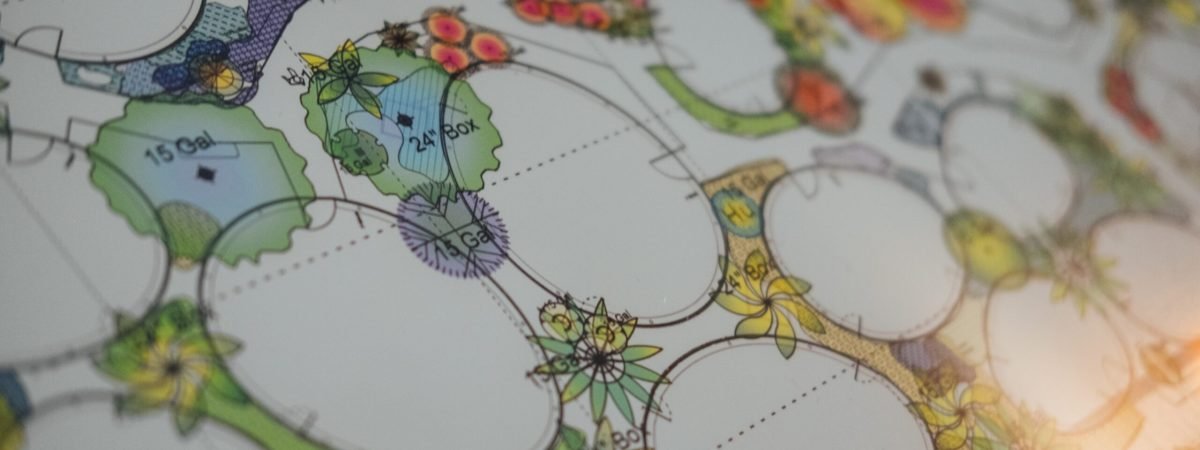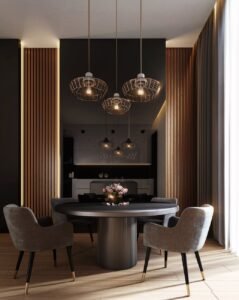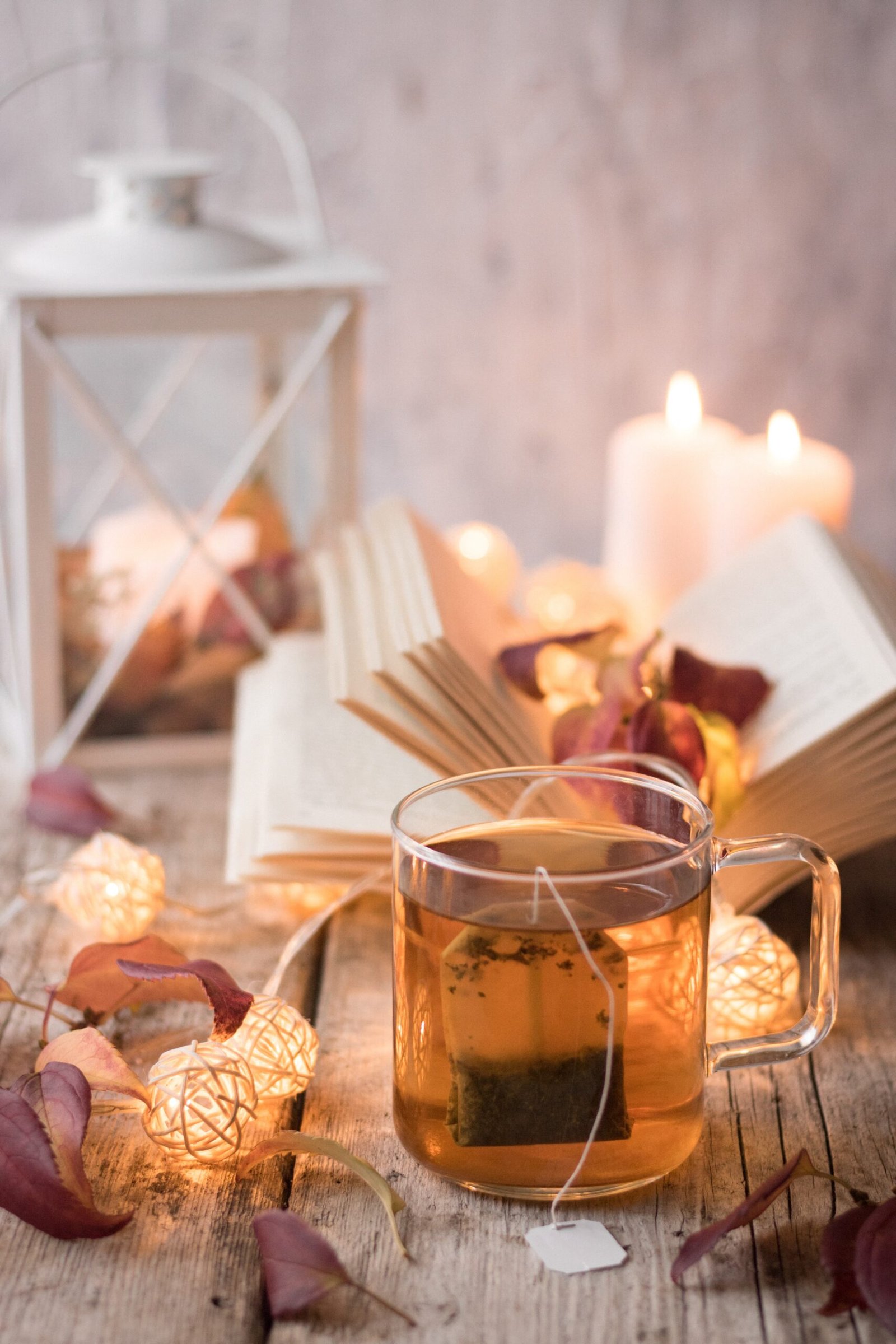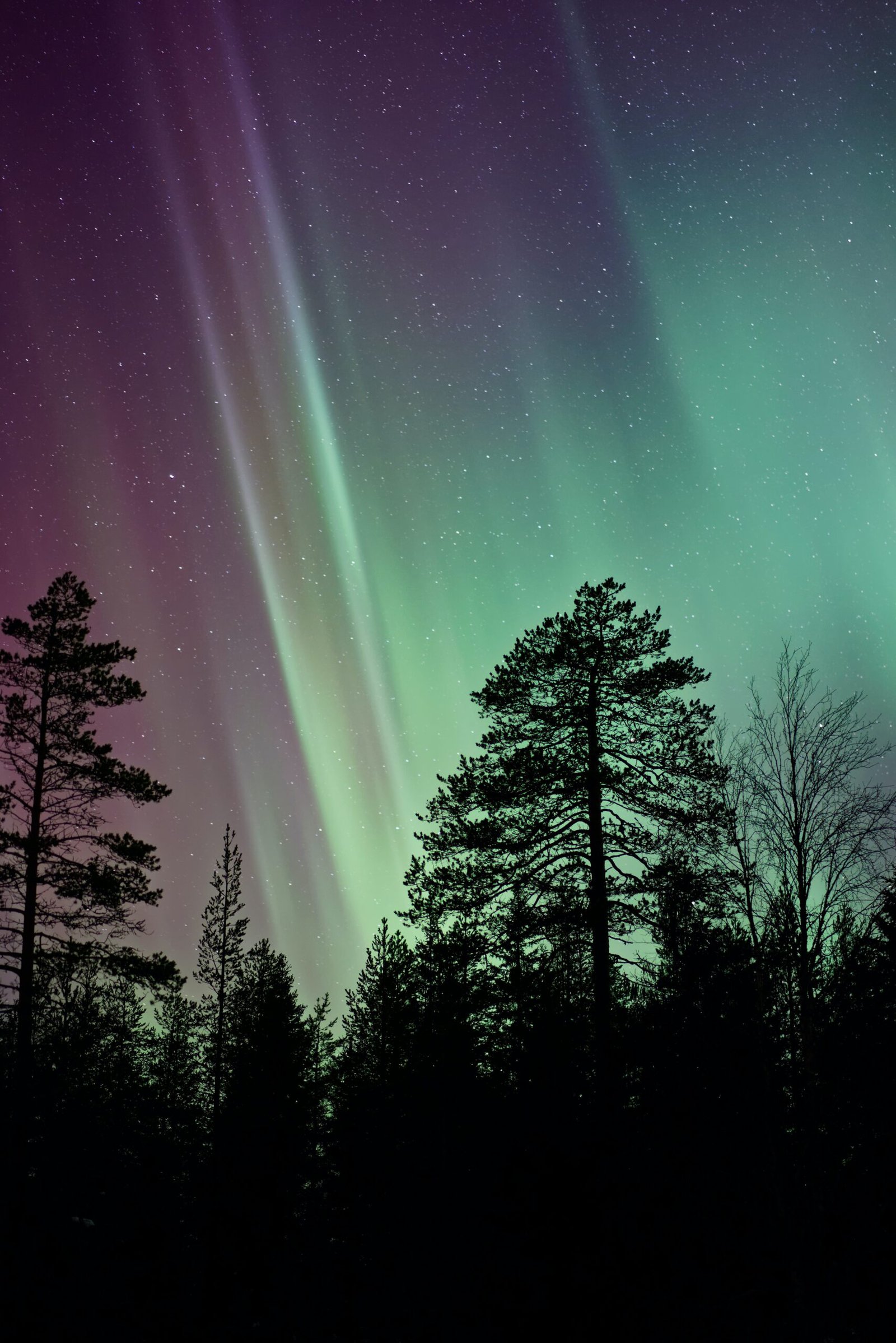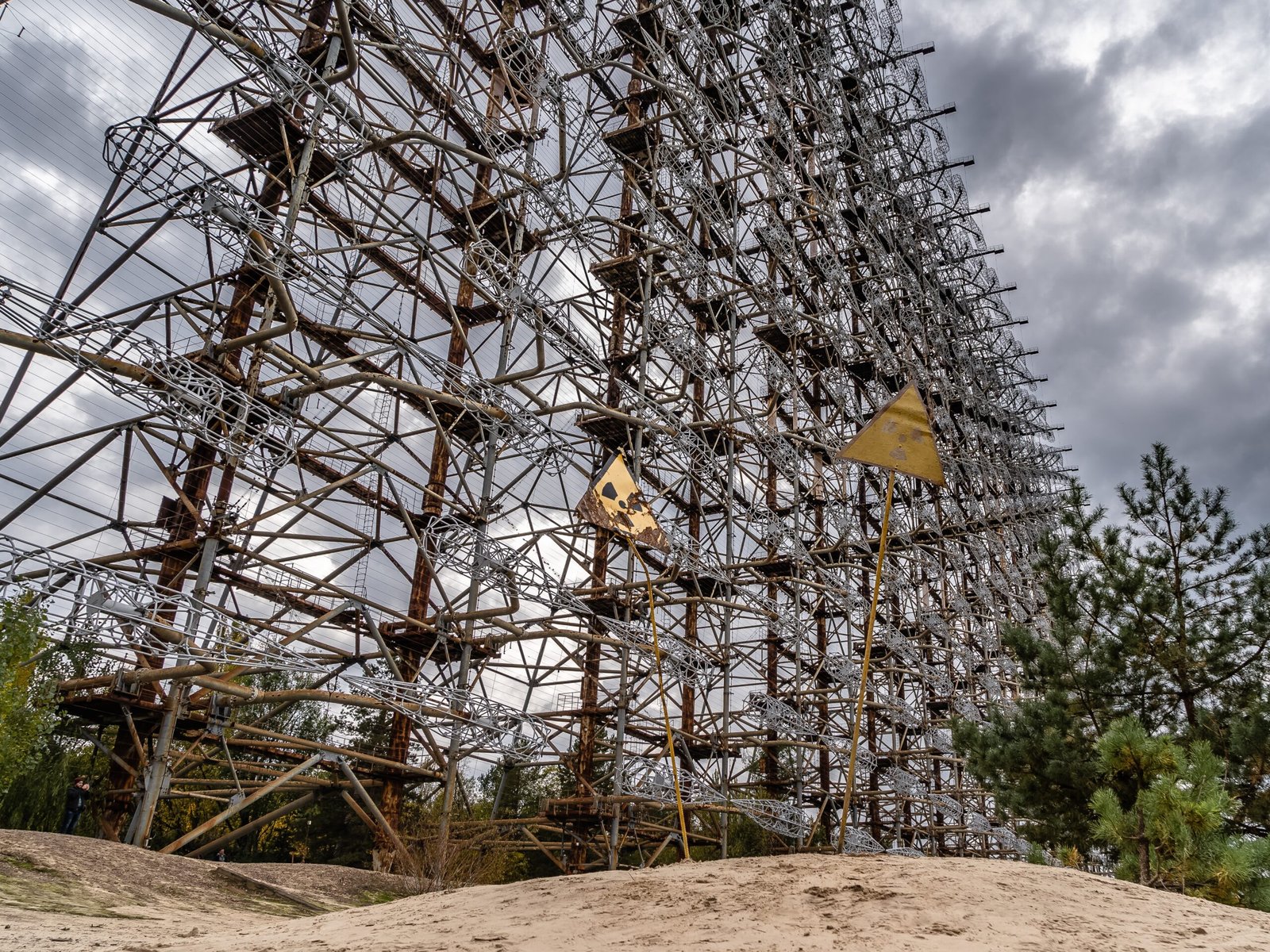When it comes to creating a beautiful outdoor space, landscape design is an art form that can transform your backyard into a stunning oasis. Whether you have a small patio or a sprawling garden, the right design can enhance the natural beauty of your surroundings and create a space that is both functional and visually appealing.
Understanding the Basics
Before diving into the world of landscape design, it’s important to understand the basic principles that guide this art form. These principles include balance, proportion, unity, and focal points.
Balance refers to the distribution of visual weight in a space. It can be achieved through symmetrical or asymmetrical arrangements of plants, hardscaping elements, and other features. Proportion, on the other hand, relates to the size and scale of different elements in relation to one another. Unity is the harmonious combination of various elements to create a cohesive design, while focal points draw the eye and create a sense of interest.
Working with Your Space
Every outdoor space is unique, and a successful landscape design takes into account the specific characteristics of your yard. Consider the size, shape, and topography of your space, as well as any existing features such as trees, shrubs, or structures. These elements can serve as a starting point for your design and help you make the most of your space.
One important aspect of working with your space is understanding the different zones or areas within your yard. For example, you may have a dining area, a lounging area, and a play area for children. By defining these zones, you can create a sense of purpose and functionality for each area.
Selecting Plants and Materials
Choosing the right plants and materials is crucial to creating a stunning landscape design. Consider the climate and soil conditions in your area, as well as the amount of sunlight and shade your yard receives. This will help you select plants that are well-suited to your environment and ensure their long-term success.
When it comes to materials, think about the overall style and theme you want to achieve. Are you going for a modern, minimalist look or a more traditional, rustic feel? The materials you choose, such as stone, wood, or concrete, can help create the desired aesthetic.
Adding the Finishing Touches
Once you have the basic elements in place, it’s time to add the finishing touches that will truly bring your landscape design to life. This can include outdoor lighting to create ambiance and extend the usability of your space into the evening. Water features like fountains or ponds can add a sense of tranquility and create a focal point. And don’t forget about outdoor furniture and accessories to make your space comfortable and inviting.
It’s also important to consider the maintenance and upkeep of your landscape design. Choose plants that are easy to care for and consider incorporating sustainable practices, such as rainwater harvesting or native plantings, to reduce water usage and promote biodiversity.
Conclusion
Landscape design is a true art form that allows you to create stunning outdoor spaces that reflect your personal style and enhance the beauty of your surroundings. By understanding the basic principles of design, working with your space, selecting the right plants and materials, and adding the finishing touches, you can transform your backyard into a breathtaking oasis that you can enjoy for years to come.

